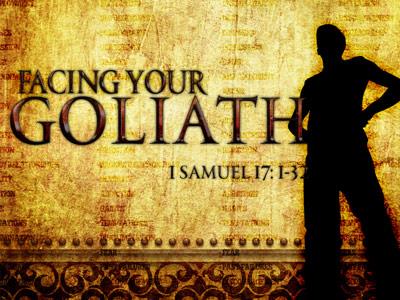-
Injustice Rendered Series
Contributed by D Marion Clark on Nov 28, 2017 (message contributor)
Summary: Injustice was rendered at Jesus’ trial, but true justice will be rendered when he returns in power as Judge.
Introduction
As much as we may uphold the judicial system, all of us have felt at times that injustice, rather than justice, was rendered in a courtroom. Perhaps it was due to incompetence by the defense or prosecution or even the judge. Perhaps the jury was deficient. Perhaps there was bribery or some other criminal conduct involved. Whatever the reason, it hits us hard. We have the feeling that more than a mistake was made; something sacred was violated. It is in court, more than anywhere else, that justice ought to prevail, and for it to fail, renders us …
Text
53 They took Jesus to the high priest, and all the chief priests, elders and teachers of the law came together. 54 Peter followed him at a distance, right into the courtyard of the high priest. There he sat with the guards and warmed himself at the fire.
Note Peter’s presence, but we will wait until the next passage to discuss him. Verse 54 lets us know that Jesus was taken to the palace of the high priest, Caiaphas. From John we learn that arrest party stopped on the way at the palace of Annas, the former high priest and father-in-law of Caiaphas, probably as a gesture of courtesy. I intentionally use the term “palace.” The high priest is not royalty, but he is undoubtedly wealthy. The Sadducees, from whom most of the high priests came, were the aristocracy of Israel.
The gathering of the chief priests, elders and teachers of the law is Mark’s way of saying that the Sanhedrin had been called to special session. This is the governing and judicial body of the Jews and is composed of seventy or seventy-one members. They are being called now to conduct a trial of Jesus, although Mark makes clear that they already know the verdict they are seeking.
55 The chief priests and the whole Sanhedrin were looking for evidence against Jesus so that they could put him to death, but they did not find any. 56 Many testified falsely against him, but their statements did not agree.
By “whole Sanhedrin” Mark does not mean every single member, or for that matter that every single member was even present. Later, he will speak of Joseph of Arimathea who was a member of the Council and clearly a sympathizer of Jesus. Mark is simply getting across that the Sanhedrin Council gathered with a quorum and acted as a whole against Jesus, notwithstanding that there may have been sympathizers or at least those neutral to his guilt. Obviously the Council is seeking his guilt. The leaders have been conspiring to have him arrested and killed. Now, finally they have him in their hands with no crowd around; they are not going to let him get away.
But they must follow the form of law. To act officially they must have an official conviction. The way that typically works is for two independent witnesses to give corresponding testimony and this is was presenting a problem. 55 The chief priests and the whole Sanhedrin were looking for evidence against Jesus so that they could put him to death, but they did not find any. 56 Many testified falsely against him, but their statements did not agree.
You would think that the conspirators would have been prepared with the appropriate “witnesses.” And yet, most of us know of a number of trials that have been bungled by government investigators and prosecutors. Incompetence is not a new development in the judicial system. It also could be that they had not completed their preparations. Remember, the conspirators originally intended to apprehend Jesus after the feast (most likely of Unleavened Bread) another week away. Judas’ entry into the conspiracy had moved things forward rapidly.
Whatever the reason, the “witnesses” could not present testimony that stood up under questioning, perhaps by the neutral members or sympathizers of Jesus. We don’t know the all the accusations, but one did appear promising.
57 Then some stood up and gave this false testimony against him: 58 “We heard him say, ‘I will destroy this man-made temple and in three days will build another, not made by man.’” 59 Yet even then their testimony did not agree.
Their testimony did not agree for good reason. The accusation is that Jesus threatened the Temple. It is true on one occasion that he prophesied the destruction of the temple (13:2) and on another occasion used the Temple as an analogy to his own body (John 2:19-21); but he never stated that he would destroy the Temple nor that he would rebuild it.
You can understand the seriousness of the charge, especially today. If someone were to stand in front of the U.S. Capitol building and say that he was going to destroy it, surely the authorities would try to prosecute him to the fullest extent. But the Temple is not merely the symbol of a nation; it is literally the “house of God.” God dwells in the Holy of Holies. To threaten the Temple is to threaten God. It is blasphemy.

 Sermon Central
Sermon Central



